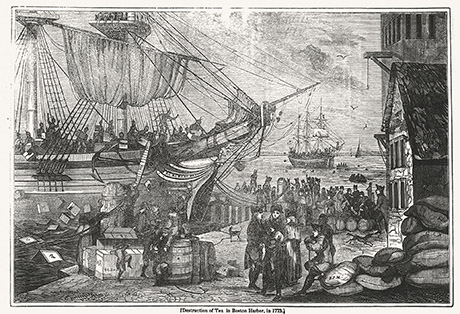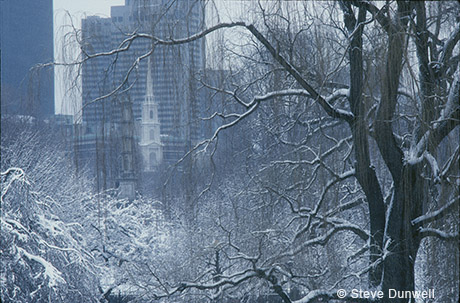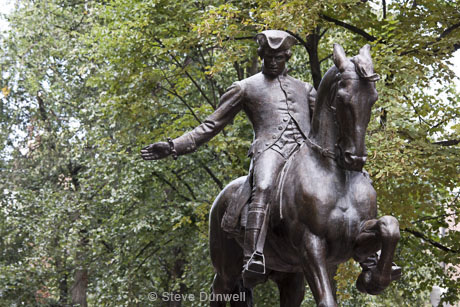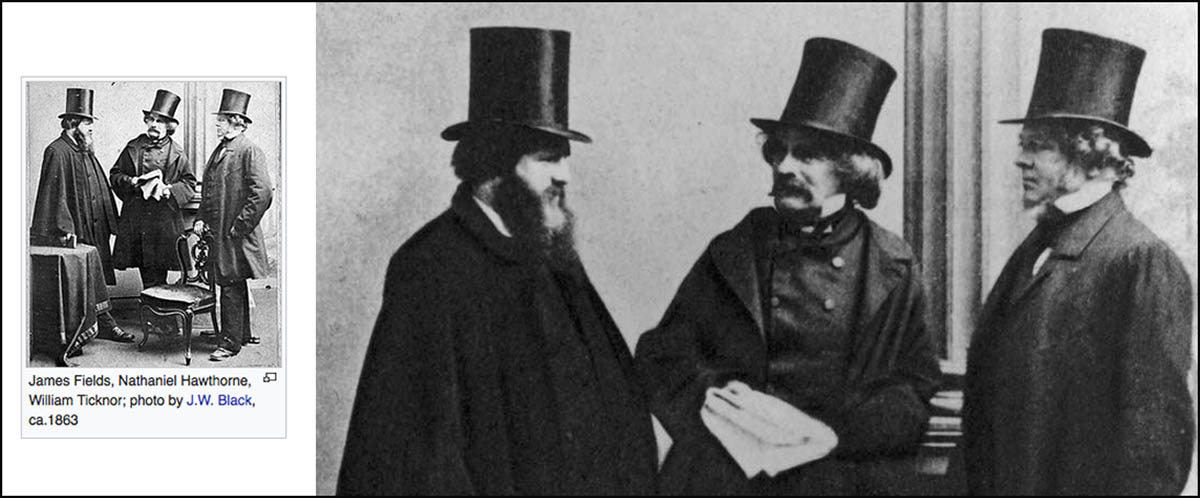
247 years ago this week. December 16, 1773 – A great crowd gathered at the Old South Meeting House to hear speeches protesting new taxes on imports, including tea. Shouting “Boston harbor a tea party tonight,” they went down to the nearby docks. Thinly disguised as “Mohawks”, fifty men boarded three East India ships – Dartmouth, Beaver and Eleanor. Breaking open 342 chests of imported tea, they dumped the lot into the harbor. The “Intolerable Acts” soon followed as punishment.
The 247th anniversary is today, Dec 16, 2020. A virtual re-enactment will be hosted tonight at 7PM, by Boston Tea Party Ship. Sign up at this URL: https://www.bostonteapartyship.com/virtual-museum

 Days get shorter, and the Freedom discussion continues. Boston Tea Party anniversary will be Dec 16, 1773
Days get shorter, and the Freedom discussion continues. Boston Tea Party anniversary will be Dec 16, 1773






